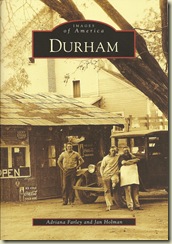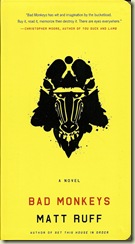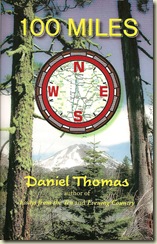Durham residents Adriana Farley and Jan Holman, drawing on their decades-long research into community history, have just published "Images of America: Durham" ($19.99 in paperback from Arcadia Publishing, www.arcadiapublishing.com). Replete with 237 photographs from special museum collections and dozens of individuals, the book is an engaging anecdotal history of "The Town Where Volunteers Make a Difference."
"Durham" is available at various local outlets and the authors will be signing copies at the Durham Branch of the Butte County Library tomorrow night from 6:00 - 9:00 pm.
The book is divided into eight chapters, covering such areas as the founding families, farming, schools, and transportation. The authors write in an Introduction that "July 4, 1870, marked the turning point in the Sacramento Valley for transportation. . . . This was the day the California and Oregon Railroad tracks were completed into Chico from Sacramento and San Francisco. This track line marked the beginning of Durham and many other small towns."
More specifically, "the establishment of the Durham Post Office on February 27, 1871, and the completion of Durham's first flour mill in 1873 were the keys to the successful early growth" of the community. The town's economy depended on grain crops; but, "by the start of the 20th century, the first almond trees were being planted in the Durham area. Durham would become the heart of California's almond country. . . . The establishment of the Durham Land Colony by the state in 1918 had a marked effect on . . . introducing farming diversity and an irrigation system. . . . The agricultural base of Durham in 2008 includes thousands of acres of rice, almonds, and walnuts, with a few pecan orchards and field crops."
The photographs are fascinating, even more so if one has family ties to the area. There's a shot of "Hap's Beer Barrel," billed as the smallest restaurant in the world (three stools); the 1936 fire between Durham and Campbell streets, which destroyed the entire block; and Sitton's Groceteria store in the midst of the flood of 1937.
"Durham's identity," the authors write, "is not measured by . . . famous events. It is measured instead by its enviable quality of life, small-town atmosphere, volunteerism, work ethic, self-motivated youth and caring populace."



